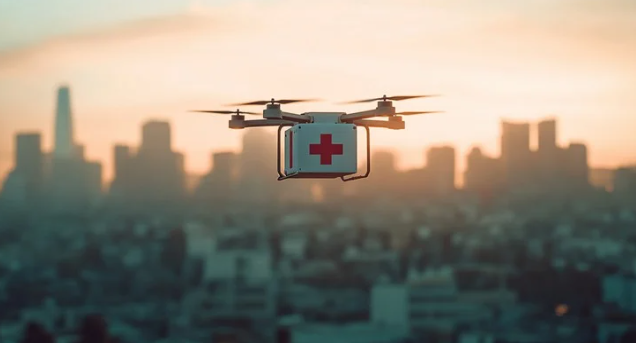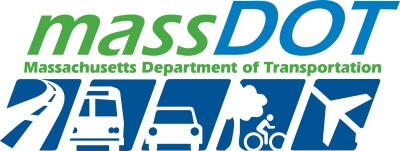Plans for a medical drone delivery program are in the works at Mass General Brigham Hospitals in Boston, MA. Dr. David Levine, Clinical Director, R&D, Mass General Brigham Health Care @ Home, presented the organization’s plans at the AUVSI New England UAS and AAM Summit in October. The hospital has partnered with drone manufacturer Draganfly to carry out test flights and with MassDOT Aeronautics division on airspace guidance.
In the US today, 22 percent of patients are home-bound. They lack access to transportation to medical offices and in most cases, are unable to leave their homes in the first place. This results in a major lack of access to care. Dr. Levine and his team are working towards eliminating this disparity by bringing health care directly to the home via drone deliveries.
This initiative aims to focus on all levels of care needs including “just in-time use cases” where urgent medical attention is needed, and less. This would mean a drone delivering an AED machine with instructions to a patient. In less dire situations, the drone would provide other critical services like delivering screening test for cancers and infectious diseases, delivering prescriptions and vaccines, or doing blood pressure screening that gets sent directly to the patient’s doctor.
Essentially, they are aiming to integrate drones into the local first response system. “We need to be able to design the software that communicates between the drone, 911 systems, electronic health records, and pharmacies in a way that is effortless with a healthcare worker,” said Dr. Levine.
Testing for this initiative is currently underway in Boston, where many of the patients are. “We have to be able to get into the heart of dense neighborhoods, in order to access the patients who otherwise are going to end up in the emergency department where they will wait for a bed,” explained Dr. Levine.
The organization is flying the Draganfly Commander 3xl during this testing phase. This drone is weather resistant, cruises at 33mph, has a 50-minute flight time, and offers drop or winch down delivery methods, making it the optimal drone to navigate the city and get supplies to patients efficiently.
The primary challenge this initiative faces is overcoming regulatory obstacles. They do not yet have BVLOS waivers, and their proximity to Logan International Airport adds further restrictions to the already congested airspace in such a densely populated city. Another significant hurdle is public acceptance. The concept of drones flying overhead in densely populated areas is unfamiliar to many and will require education and awareness to gain broader acceptance.
Mass General anticipates this program to launch five years from now.















Comments